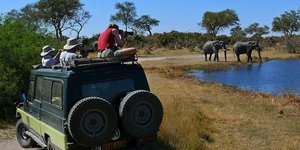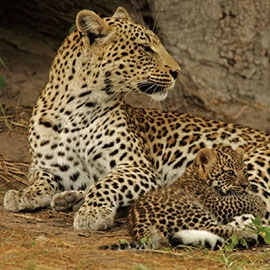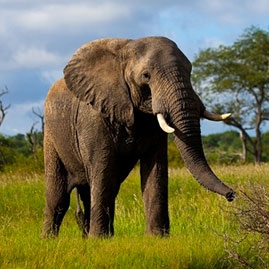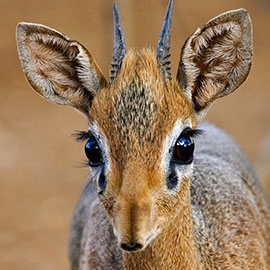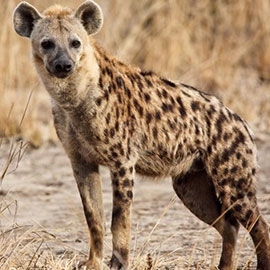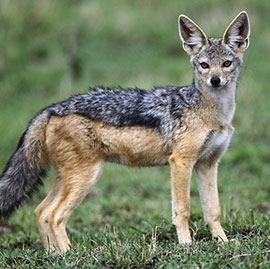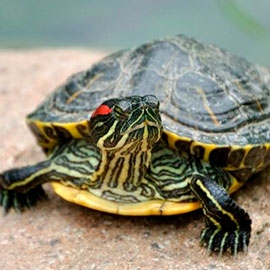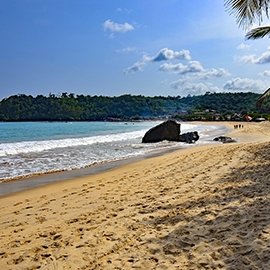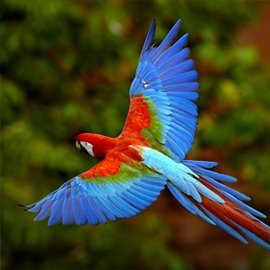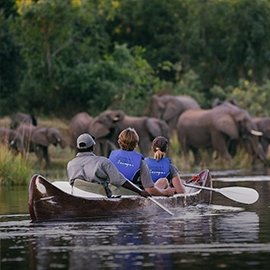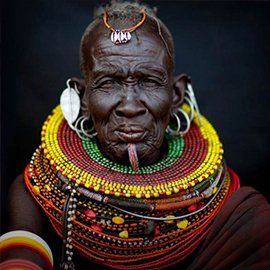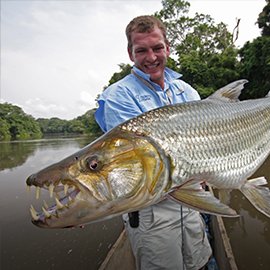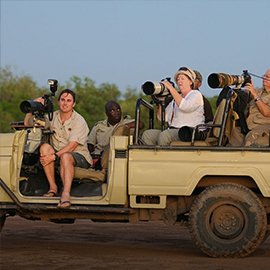Lake Malawi National Park
Safari suitability: 3/10
Find your tourLeopards and the occasional elephant can be seen, and there are other options available besides 4x4 rides.
What YAS members think
Highlights
- The landscape consists of wooded hillsides, swamps, sandy beaches and lagoons
- The lake boasts a highly diverse and unique marine life, housing the largest number of species of any lake in the world
- A variety of activities is available to visitors, such as snorkeling, diving, kayaking, bird watching and boating or paddling
- Visit during the dry season, from April/May through October/November, when there is little chance of rain and temperatures are mild
About Lake Malawi National Park
Lake Malawi National Park is located at the southern end of Lake Malawi, one of the deepest lakes in the world. With its clear waters and mountain backdrop, Lake Malawi National Park stretches an estimated 94 km² (58 miles²). This includes part of Cape Maclear Peninsula and twelve small islands roughly 100 m (300 ft) off shore. The park consists of a rocky shoreline, wooded hillsides, swamps, sandy beaches and lagoons. A large baobab tree believed to be 800 years old is a popular sight within the park. Lake Malawi is considered to be one of the largest tourist attractions in the country.
Lake Malawi National Park was designated the world’s first fresh water National Park in 1980 and a World Heritage Site in 1984, in order to protect the diversity of marine life, most of which is endemic. Lake Malawi contains between 500 and 1,000 fish species – the largest number of any lake in the world, making Lake Malawi a globally important area of biodiversity conservation – with about half of those contained in the park area. Most notable is the Cichlidae, as the lake contains 30% of all known cichlid species. Although the lake is an abundant fishing resource for populations dependent on fishing as a livelihood, native species such as the mbuna rock fish are threatened by extreme fishing activity from villages in Malawi, Tanzania and Mozambique. Lake Malawi National Park also houses various mammals, birds and reptiles, such as baboons, blue monkeys, African pythons, hippos, crocodiles and black eagles.
There is a variety of activities available to visitors, such as snorkeling, diving, kayaking, and bird watching. Visitors can also boat or paddle, exploring the different islands in Rift Valley.
When is the best time of year to visit Lake Malawi National Park?
The best time to visit Lake Malawi is during the dry (winter) season, which runs from April/May through October/November. At that time, there is little to no chance of rain and temperatures during the day run in the 20s C (68 F). Game viewing is at its best, due to low vegetation and animals gathering at perennial water holes. However, for bird watching November through April is said to be the best. Malawi’s climate is regulated by altitude, and rainfall is extremely rare in the dry season. Even in the “wet season” the rains are usually short-lived and never inhibit travelers.
Sort by:
I visited this national park last year and I had good time. Good place to enjoy with your family or friends but not alone. It is the most beautiful nation park in Malawi.
Lake Malawi should be right up there on any travellers bucket list. It is, without a doubt, one of the most beautiful places in Africa - as close to a beach holiday as you can get without actually travelling to the ocean. Im talking sandy beaches, remarkably clear water; gorgeous scenery, balmy nights and romance by the bucket loads. For those who dont know you wont see the Big Five at the Lake Malawi National Park. There are a few mellow hippos and some chilled crocodiles in stretches of the park. Lake Malawi has the largest number of fish species of any lake in the world. This is one of the reasons why it has been declared a UNESCO World Heritage Site. There are loads of activities but after about two weeks of backpacking, I was ready to bliss out for a couple of days. I think I went canoeing once and did some flopping around in the water, pretending to look at fish. But was I relaxing? You betcha. Visitors should know that there is a risk of contracting bilharzia or schistosomiasis in Lake Malawi. This infectious disease lurks in especially the shallow waters around the reeds and can result in flu-like symptoms developing about six weeks after exposure. A dose of fast-acting antibiotics will take care of it. I have to say I swam in the water. A lot. I didnt get bilharzia. Maybe I would feel differently about the lake if I had. But I still think it is a magical place. A slice of heaven. With a wee bit of a bite.
 United States
United States
A great place to relax on the southern end of the lake. We came by steamboat down the lake, which I will tell you grows wearisome. Pay the extra for the cabin, and expect many long, slow days with various delays. A good time for rum and writing. At the park, there are elephants galore. Best elephants I can recall in Africa during my two long visits. There's some hikes out into a wetland area you can do alone that are pretty rewarding with hippos, elephants etc. This is a bit shady, so be alert and don't block an animal from the water or approach when young are around. I can't stress how shady it was out there...and therefore exciting. The night game drives were fun with a lot of smaller game. No leopards this time, though they aren't as rare here as elsewhere. Enjoy, and another note: we saw most of the elephants from within the fences of our lodge, which we reached on the backs of bicycle taxis with banana seats!
Though it looks thin and small on a map, this lake is large and magnificent. Staying at the south end for 10 days was the most luxurious stay one could have hoped for! There are islands out in the water, and storms can rage without notice from one side to another - - filling the skies with multi-color thunderclouds. Most of the weather was lovely, however, and the water BLUE. Snorkeling was offered, and with visitors studying cichlids it was a must. These are small blue fish (about 4 long) with yellow cheeks that, when threatened, take their baby fish into their mouths. When its all-clear!, out they come! We were lucky to see African fish-eagles swooping down for prey, as well as Kingfisher and hammerkop birds. The beaches are lovely sand, and there are small guest-retreats or a lively backpacker place with lots of young travelers. Souvenirs are sold by locals on the beach, and just hanging out and eating al-fresco is the best.
Driving to Lake Malawi National Park from Lilongwe, Malawi
It is about a three-hour drive from the international airport to the park gates. It is also possible to take a local bus.
The following airlines travel to Lake Malawi National Park

Bush & Lake Aviation is a newly established charter company offering flights from its Lilongwe base to destinations in Malawi and the adjacent regions. We offer a small team of dedicated pilots, engineers, and management with many years of experience in the aviation business. We fly directly to your destination making your connections possible and saving you the unnecessary frustrations of transfers - queues and delays Bush & Lake Aviation specializes in charters for leisure travel or business. Visit website
Also flies to:




Ultimate travel is a fully Malawian owned Tour Operator and Travel Service Company. We are an innovative, reliable and independent ground-handling company that specializes in Malawi and Zambia (South Luangwa). No one has a better all-round knowledge of the Malawian tourism product and how to pull it all together than us. We do not handle the request with a one size fits all attitude but rather tailor make our services to meet what you need. Our independence means that we are happy to book any lodging facilities throughout Malawi; alternatively, we are always pleased to recommend what we believe to be the best itinerary to suit your criteria. Visit website
Also flies to:


Lake Malawi map
Related articles
Latest photos



 Canada
Canada
 South Africa
South Africa

